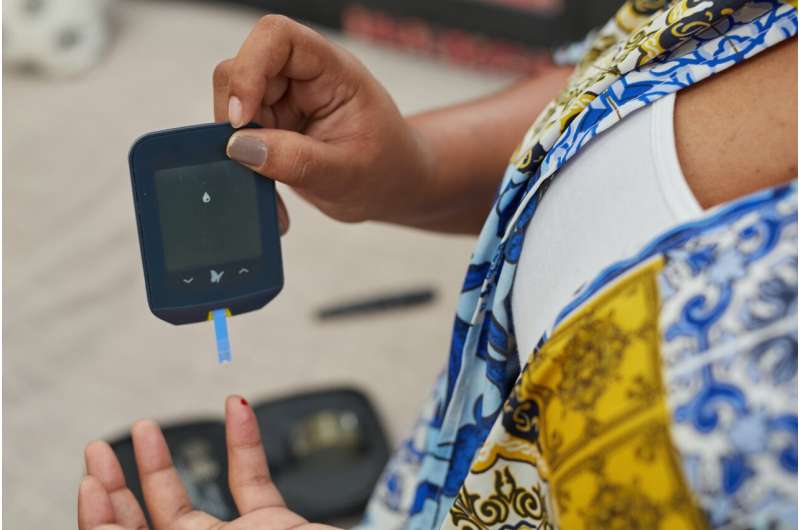Enhanced Access to Healthcare for Homeless Youth Through Human-Animal Health Integration

Integrating veterinary and human healthcare services improves access and trust for homeless youth with pets, promoting better health outcomes for both people and their animals.
Every year, approximately 2 million young Americans experience homelessness. Research indicates that up to 25% of these youth own pets, which serve as vital sources of emotional support but can also act as barriers to accessing essential services like housing and medical care. Unhoused individuals with pets often hesitate to seek medical assistance for themselves, sometimes prioritizing veterinary care for their animals over their own health needs.
The Seattle One Health Clinic, established by the University of Washington's Center for One Health Research in collaboration with Washington State University College of Veterinary Medicine and supported by nonprofit partners, was created to overcome these barriers. This innovative clinic offers free veterinary and medical services together, fostering a holistic approach to health care.
A recent study published in the Journal of Primary Care & Community Health examined data from 2019 to 2022, involving 88 young clients mainly aged 23 or under. Significantly, about 80% of clinic visits led to patients receiving human health care, including 69% of visits originally intended solely for pet care. The integration of veterinary and medical services creates a supportive environment that encourages trust and comprehensive care.
At the clinic, a team comprising a nurse practitioner, veterinarian, veterinary students, and volunteer patient navigators work collaboratively to provide primary care, address shared health concerns such as environmental hazards and zoonotic diseases, and assist clients in documenting their pets as emotional support animals. This process helps clients access broader housing and social services.
The study highlights that many clients return for follow-up appointments and establish ongoing health relationships. The presence of integrated veterinary and human health care reduces barriers, enhances trust, and promotes preventive health measures, which have a significant positive impact on public health.
Experts suggest expanding collaboration between human and animal health sectors and improving communication between veterinary and medical providers. Such efforts can aid in early disease detection, shared environmental risk management, and improved overall health outcomes, particularly for vulnerable populations like homeless youth with pets.
Source: https://medicalxpress.com/news/2025-08-human-animal-health-access-homeless.html
Stay Updated with Mia's Feed
Get the latest health & wellness insights delivered straight to your inbox.
Related Articles
Innovative Two-Layer Neural Model Mimics Brain's Complex Visual Processing
Scientists have developed a simplified two-layer neural network that accurately replicates the complex visual processing in the brain, enhancing our understanding of neural encoding of visual information.
Risks of Medical Misinformation in AI Chatbots Highlight Urgent Need for Enhanced Safeguards
A groundbreaking study highlights how AI chatbots in healthcare can inadvertently spread false medical information, emphasizing the urgent need for enhanced safety safeguards to prevent misinformation and ensure patient safety.
Type 2 Diabetes Associated with Increased Financial Hardships
New research reveals that individuals with type 2 diabetes face higher rates of debt, bankruptcy, and foreclosure, highlighting the critical intersection of financial stability and health.
The Risks of Chemotherapy Enzyme Deficiency and the Importance of Genetic Testing
A tragic case underscores the vital importance of genetic testing before chemotherapy to prevent fatal toxicity caused by enzyme deficiencies. Learn why personalized medicine is crucial in cancer treatment.



